Daniel Coquillette ’71, the Charles Warren Visiting Professor of American Legal History at Harvard Law School and the J. Donald Monan, S.J. University Professor at Boston College Law School, is writing a new history of HLS, to be published in time for the school’s bicentennial—2017. This fall, he gave students an introduction, highlighting ways the school has transformed legal education, but also covering “the rough times and great challenges.” Here are some highlights from his talk, in quiz format.
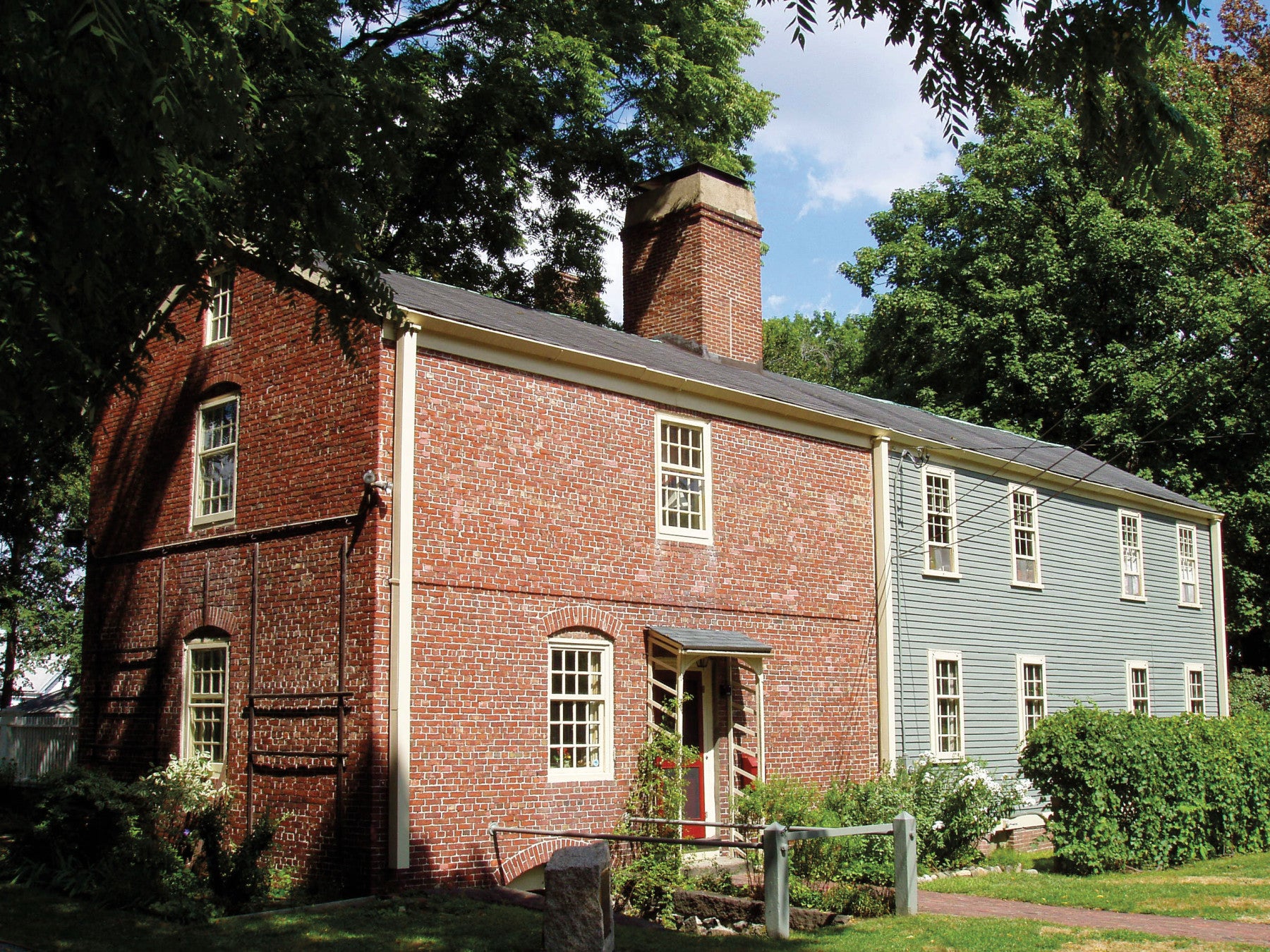

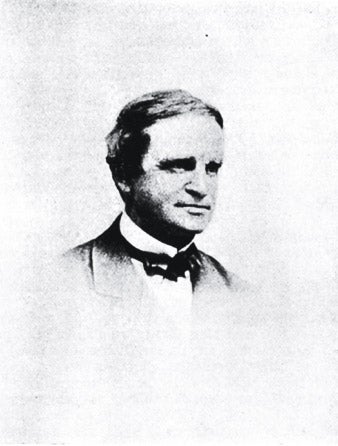
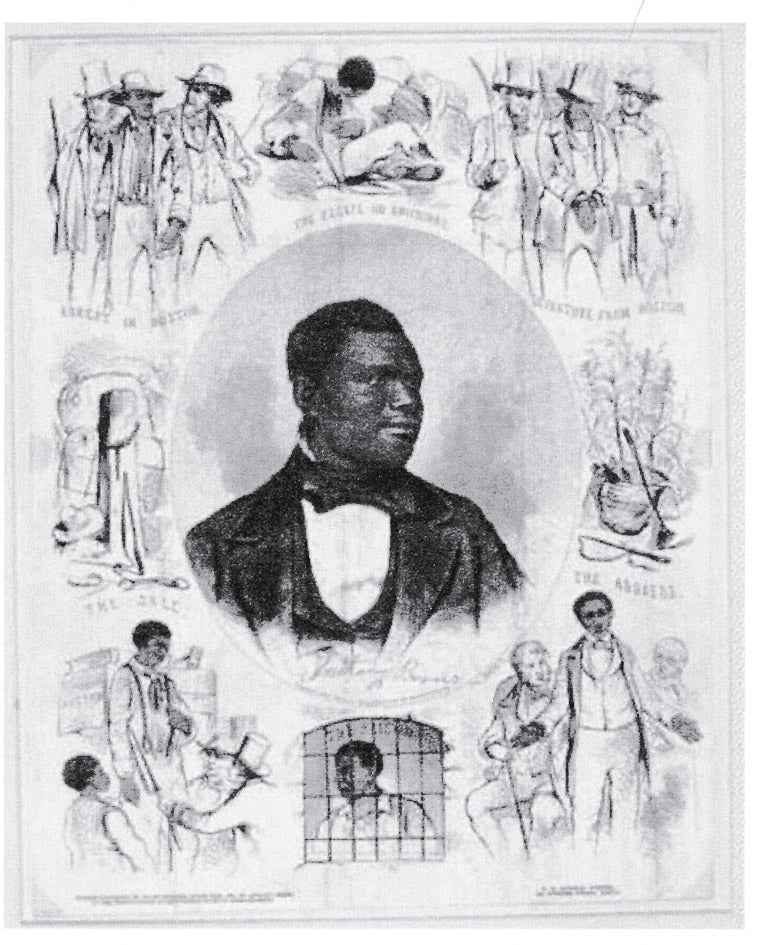
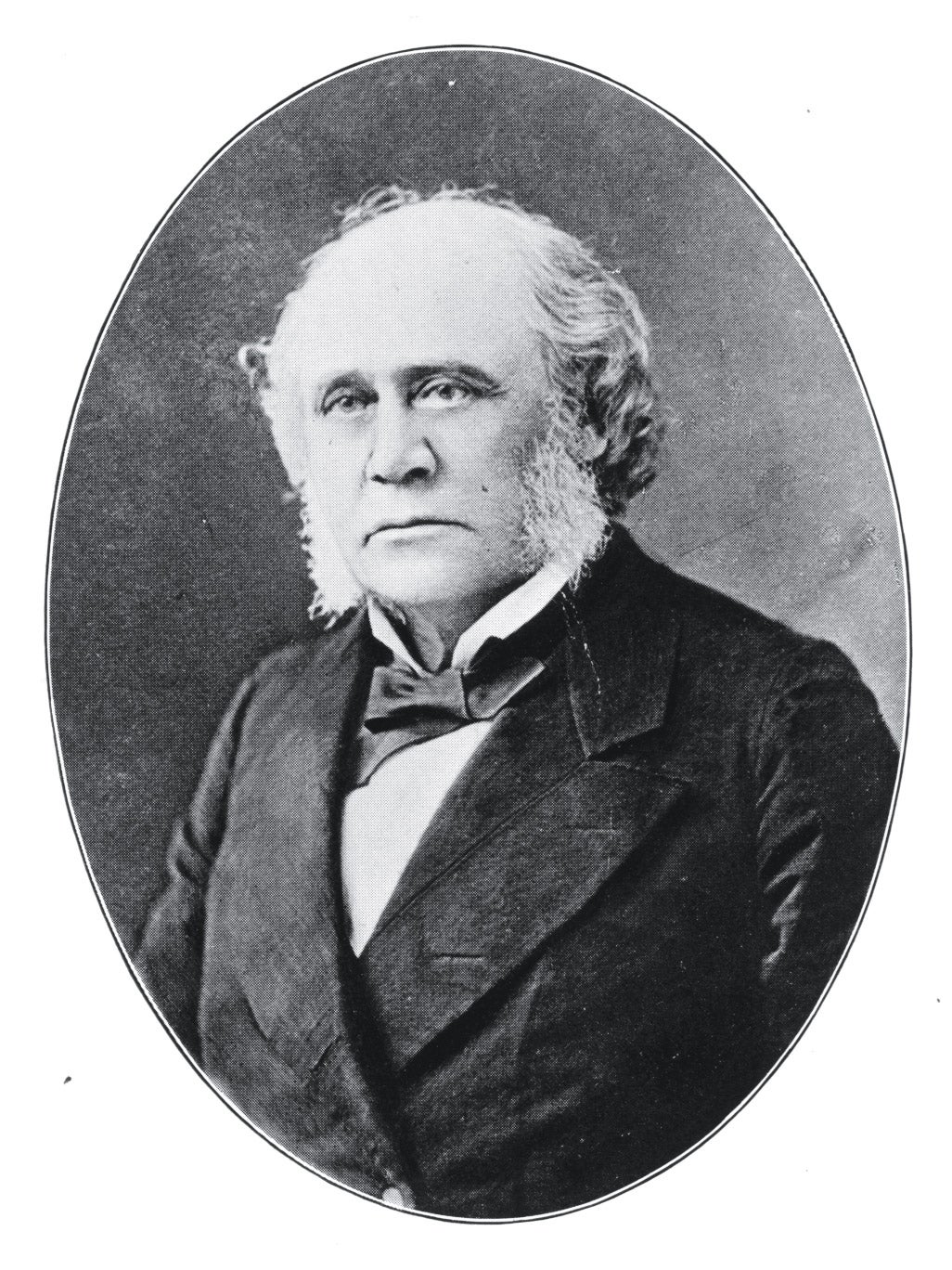
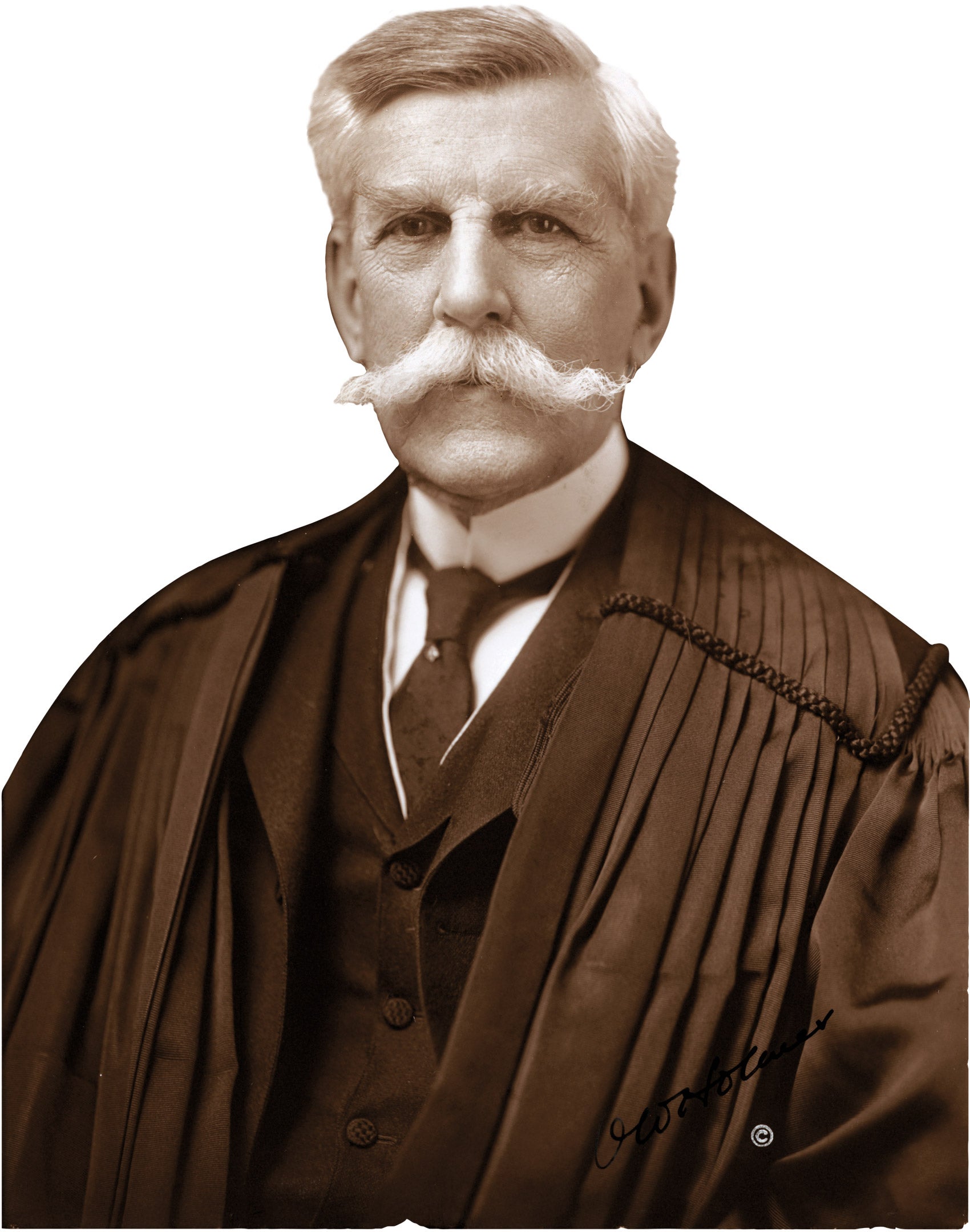

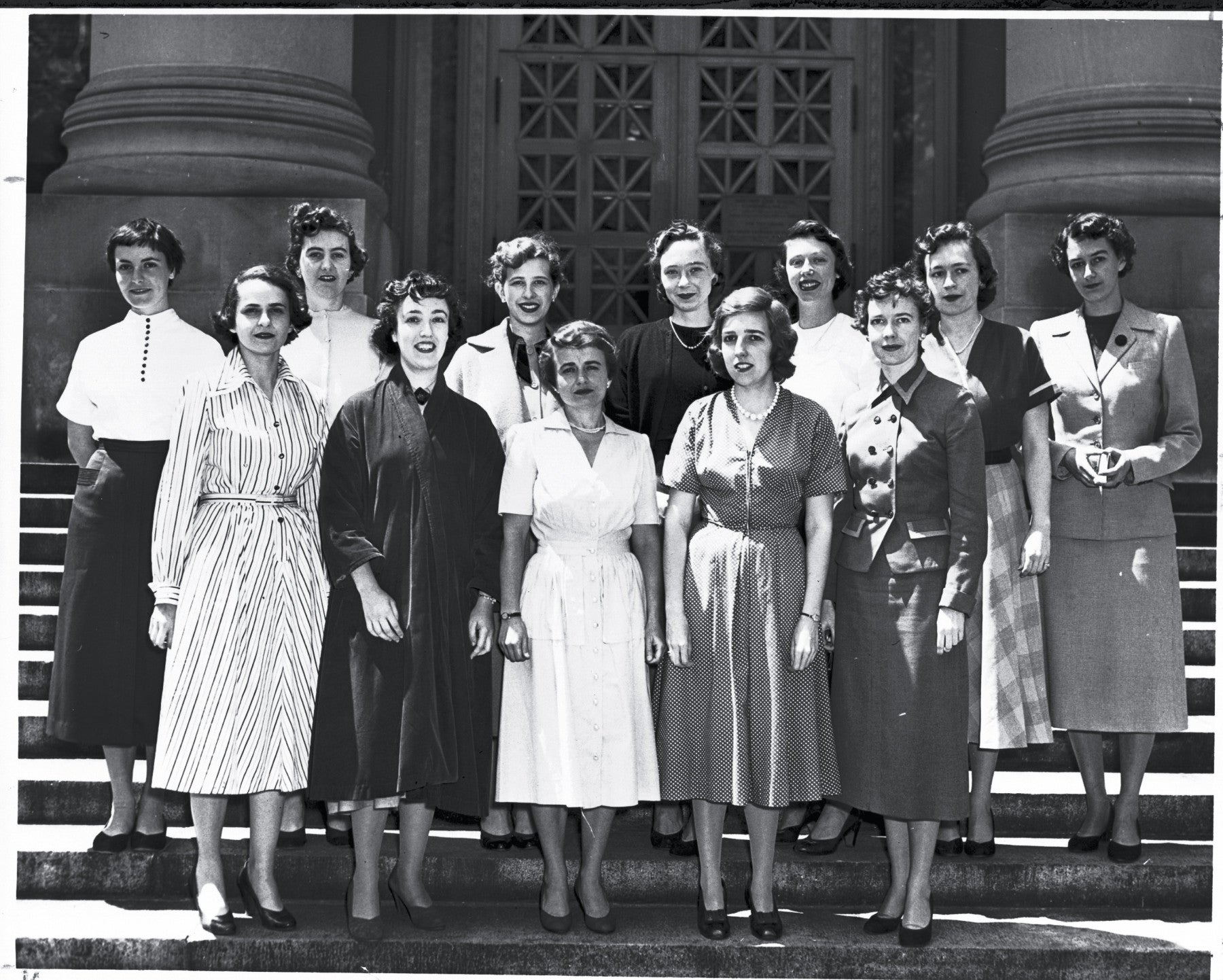
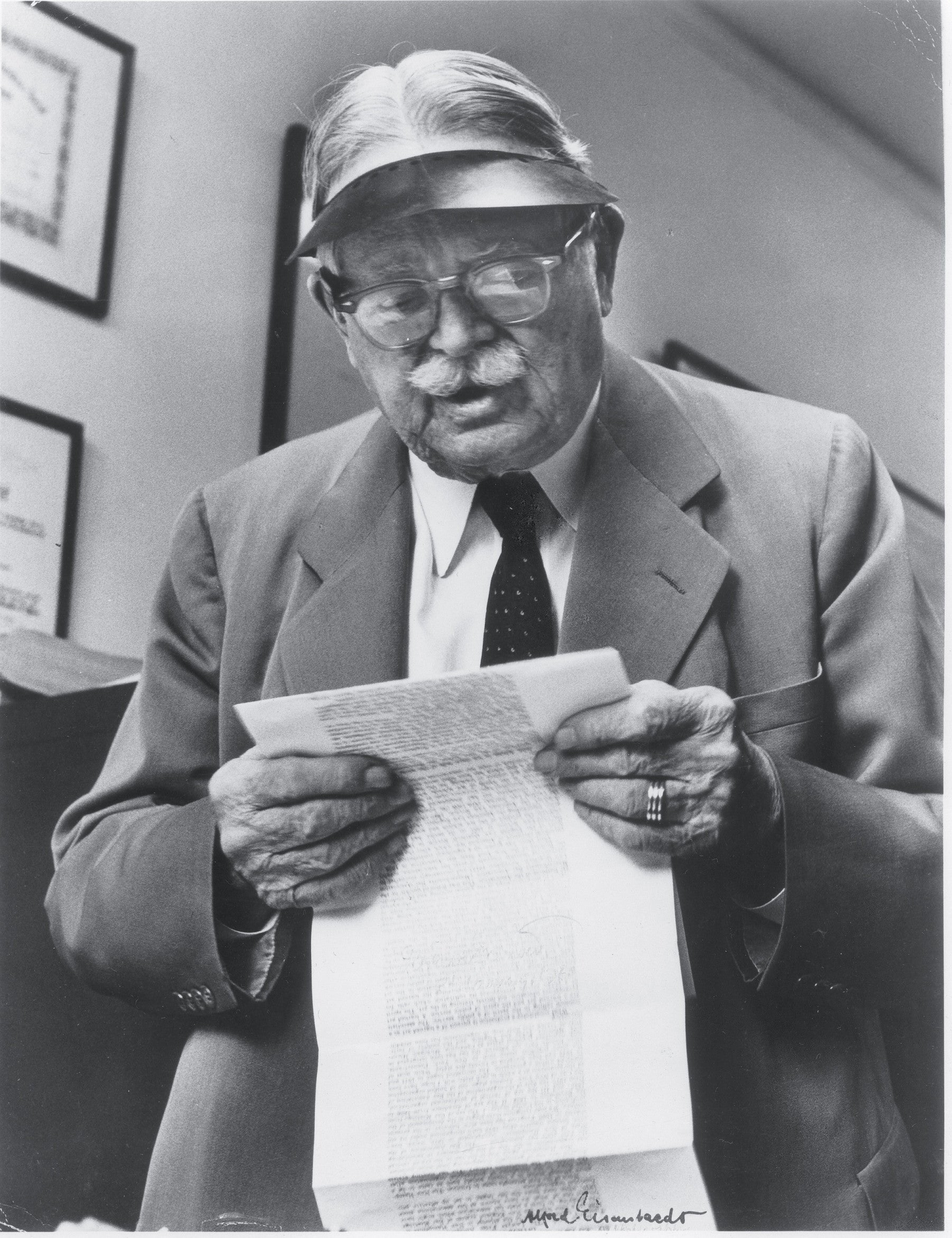
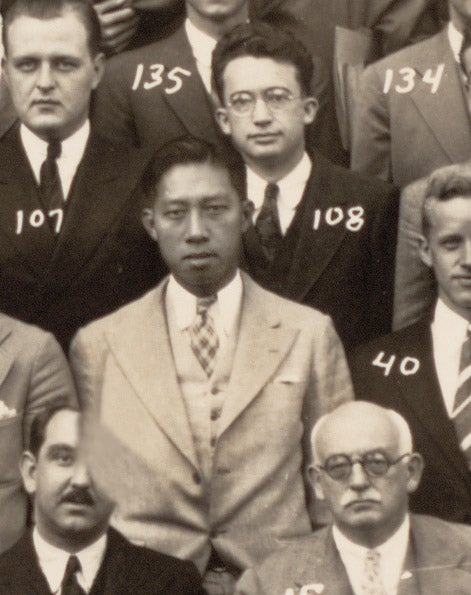
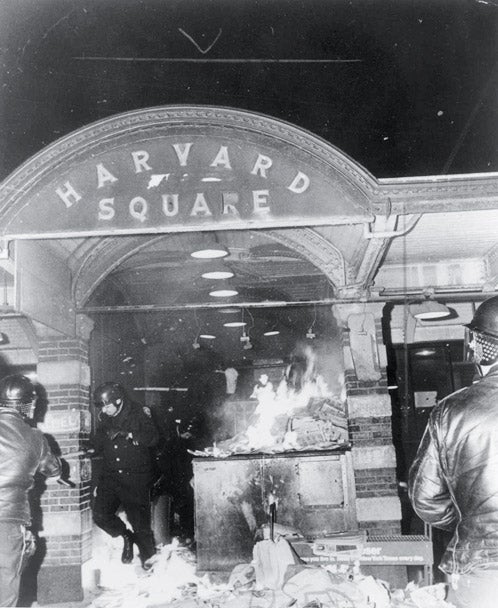
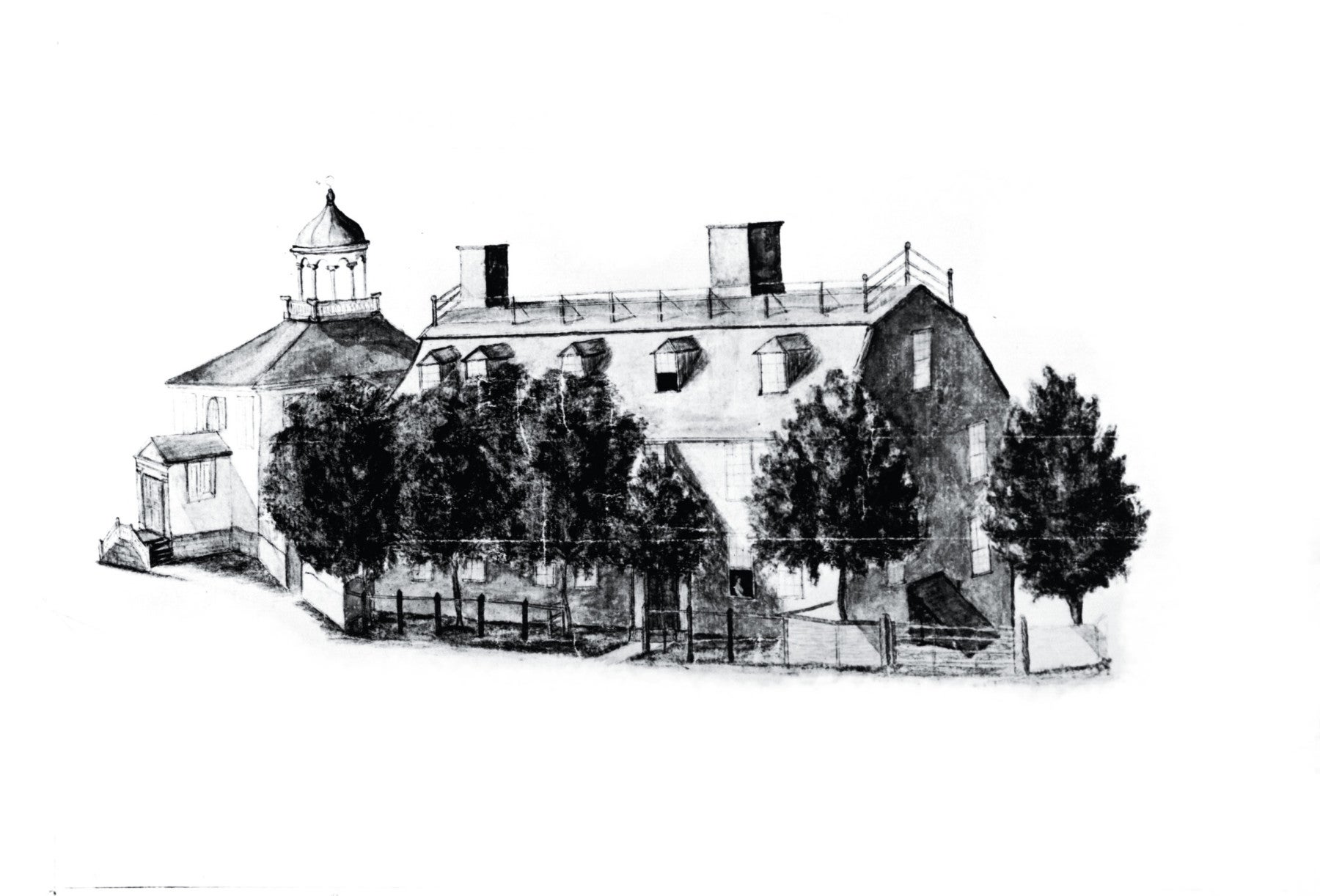
A pop quiz with some surprising answers
1. In 1817, it was Harvard Law School. Called College House Number 2, it was located next to the courthouse for convenience, but it was part of Harvard College. When the school opened, it had 15 students, one teacher, and was the first professional law school within the context of a university to teach people to be lawyers—the school’s first big idea, said Coquillette, at a time when most lawyers were taught through apprenticeship.
2. This building, which still stands in Medford, Mass., housed slaves of the school’s founder, Isaac Royall. He had owned a sugar plantation in Antigua, and it was the sale of slaves in the Caribbean that allowed him to buy his property in Medford and also to endow the first chair at Harvard Law School.
3. Joseph Story. At 32, he was nominated to the Court, and he continued to serve while he was Dane Professor of Law at HLS, where one of his goals was to transform the school into a national institution. “Here’s the tragedy,” said Coquillette. “To be a national law school, you have to have a nation.” Early on, Story saw that the country’s cohesiveness was threatened by the divide over slavery. In 1842, he enforced the Fugitive Slave Act in the Prigg case, sending a mother and her two children back into slavery, not because he supported the institution, said Coquillette, “but because he thought it was the price of a nation.”
4. Edward Greely Loring (a) was appointed to teach at HLS in 1852, one of three faculty. He was also a federal magistrate in Boston, and in 1854 he ordered the return of fugitive slave Anthony Burns (b) to Virginia, under the Fugitive Slave Act. Rioters stormed the streets and the courthouse in an attempt to rescue Burns.
But in the end, a Coast Guard cutter was brought in to take Burns away. Abolitionist Richard Henry Dana LL.B. 1837 (c) had unsuccessfully represented Burns, but his freedom was later ransomed, and he went on to become a Baptist preacher. After the riots, the Harvard Board of Overseers refused to renew Loring’s appointment.
5. Joseph Story had recruited from all over the country, and as the Civil War approached, nearly half of the students were from Southern states, said Coquillette, and “the school was ripped apart.” Oliver Wendell Holmes Jr. LL.B. 1866 famously served in the Union Army before attending HLS, but more leaders of the Confederacy were alumni of Harvard Law School than of any other school in the U.S. besides West Point. “There are true stories of people serving in the war, taking a prisoner and discovering it was one of their classmates.” As many as 74 grads may have died fighting for the Union, and 54 for the Confederacy.
6. Christopher Columbus Langdell LL.B. 1854, dean of Harvard Law School from 1870 to 1895, revolutionized the teaching of law and had an immediate impact on HLS, but also on Boston University. Famous for introducing the case method and the Socratic approach, Langdell was also responsible for standardizing the curriculum and for introducing rank in class. According to Coquillette, Langdell saw many of his innovations “as a way of creating a legal elite based on merit, rather than power and influence.” And in fact, Langdell’s methods were so shocking at the time, said Coquillette, that there was an exodus of students from Harvard, many of whom fled to the newly founded Boston University Law School.
7. Langdell was vigorously opposed to the admission of women. His meritocracy was very limited, said Coquillette. Women started applying in the 1870s, then again in the 1890s and then again in the 1910s. But “gender apartheid” ruled at HLS, said Coquillette, until 1950, when the determined women in this picture were admitted.
8. Roscoe Pound, dean of Harvard Law School from 1916 to 1936, an innovative legal scholar and one of the first to focus on internationalizing the law school, held an advanced degree in botany but no LL.B. HLS faculty member and leading progressive Felix Frankfurter LL.B. 1906 lobbied for his appointment. But according to Coquillette, Pound made one great mistake, “and it’s hard to know in retrospect why he did it.” He was a great admirer of the German university system, and in 1934, he took an honorary degree from the University of Berlin—at a time when Hitler had been chancellor of Germany for one year.
9. HLS’s first Asian-American graduates came from Hawaii. The Chinese Exclusion Act (1882) prevented those who were Chinese from becoming American citizens, and by 1924 the exclusion had been broadened to apply to all Asians. But when Hawaii was annexed, its residents automatically became U.S. citizens, including Hiram Fong ’35, the first Asian-American to be elected to the U.S. Senate and the first U.S. senator from Hawaii.
10. Coquillette was a 2L in 1970, and he remembers the Harvard Square riots: Some 3,000 demonstrators, protesting the war in Southeast Asia, marched on the Square, leaving “cars wrecked, trash bins on fire, windows smashed.” Harvard itself, he said, like campuses across the country, was periodically shut down by strikes. “At times you had to break a picket line to get into the library, and classes were canceled because the students wanted to talk about Cambodia.”